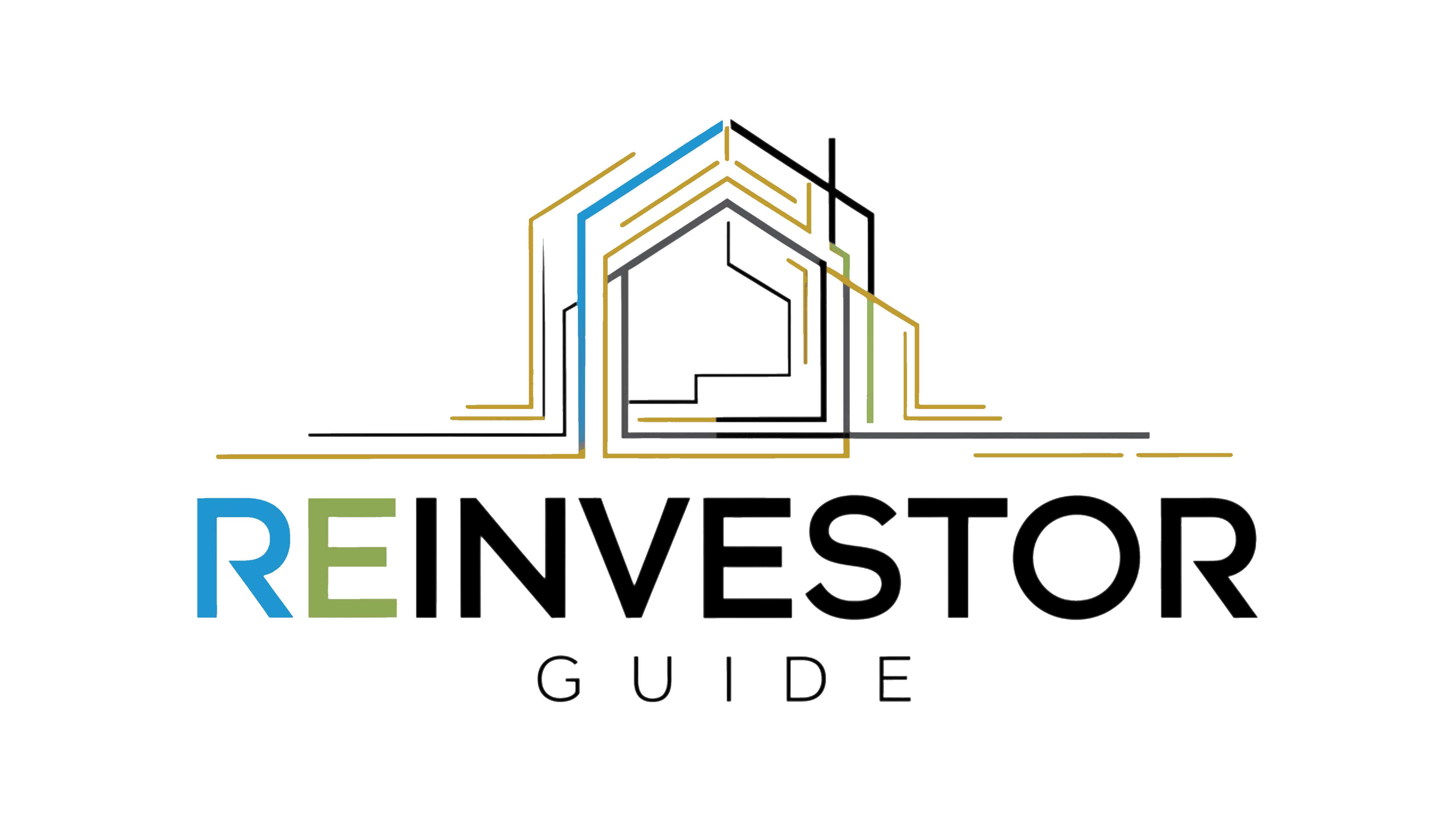Building or renovating real estate from the ground up can be a powerful investment strategy—but it requires more than just a good contractor and a blueprint. You need the right financing.
That’s where construction loans come in.
Whether you’re developing a single-family rental, adding ADUs, or taking on a fix-to-rent project, a construction loan can help cover the upfront costs of labor and materials—while preserving your cash flow.
In this beginner’s guide, we’ll break down how construction loans work, the different types available, what they cover, and how to qualify as a real estate investor.
What Is a Construction Loan?
A construction loan is a short-term, interest-only loan that funds the cost of building or substantially renovating a property. Unlike traditional mortgages, construction loans are released in draws as the project progresses.
They’re used for:
- Ground-up construction
- Major structural rehabs
- Tear-down and rebuild projects
- In some cases, modular or manufactured housing setups
Once construction is complete, the loan is typically converted into a permanent mortgage or paid off with a refinance or sale.
How Construction Loans Work (Step-by-Step)
✅ Step 1: Loan Approval Based on Project Scope
Lenders review:
- Detailed construction budget
- Building plans and permits
- Timeline
- General contractor credentials
- Your credit and experience
✅ Step 2: Loan Closes and Draw Schedule Begins
The lender funds the purchase of the land (if needed) or the first construction draw. The rest of the funds are held in escrow and released in stages.
✅ Step 3: Construction in Phases
Typical draw schedule stages:
- Foundation
- Framing
- Roofing
- Interior systems (HVAC, plumbing, electric)
- Final finish and inspection
You only pay interest on the amount drawn—not the full loan balance.
✅ Step 4: Project Completion and Exit
Once the project is complete, the exit could be:
- Sell (flip or spec build)
- Refinance into a DSCR or conventional mortgage
- Hold as a long-term rental
What Construction Loans Typically Cover
- Land purchase (if included in scope)
- Site prep and grading
- Permits and fees
- Material and labor costs
- Architect and engineer fees
- Contingency reserves (usually 5–10%)
- Construction interest and soft costs
📌 Loan disbursements are only released after inspections or progress verification.
Types of Construction Loans
🔹 1. Construction-to-Permanent Loan
Combines the build phase and the final mortgage into one loan. Once the project is done, it automatically converts to a 15- or 30-year mortgage.
Best for: Owner-occupied or long-term hold investors
🔹 2. Stand-Alone Construction Loan
Covers construction only. You’ll need to refi or pay off the loan once the project is done.
Best for: Fix-to-sell or fix-to-refinance investors
🔹 3. Fix and Flip / Renovation Construction Loan
Tailored for investors doing major rehabs. Often from private or hard money lenders.
Best for: BRRRR, value-add rental rehabs, full-gut flips
Typical Construction Loan Terms
| Feature | Typical Range |
| Term | 6–18 months (some up to 24) |
| Loan-to-Cost (LTC) | 75–90% (varies by project scope) |
| Interest Rate | 7%–12% (interest-only during build) |
| Credit Score Requirement | 660+ (lower with private lenders) |
| Experience Requirement | Not always required, but preferred |
| Draws | Based on inspection progress |
| Contingency Reserve | 5–10% added to cover overruns |
Pros and Cons of Construction Loans
✅ Pros:
- Finance land + build or rehab in one
- Pay interest only during construction
- Leverage capital for larger-scale projects
- Ideal for investors looking to build-to-rent or BRRRR
- Option to refinance or sell at completion
❌ Cons:
- More paperwork and lender oversight
- Must manage contractor and project timelines
- Delays can increase costs
- May require experience or larger reserves
- Risk if market shifts during construction
How to Qualify for a Construction Loan
You’ll typically need to provide:
- Detailed construction budget (line-item breakdown)
- Architectural plans and permits
- Fixed-price contract with a licensed GC
- Credit report and liquidity documentation
- Exit plan (sell, refi, or hold)
Some lenders offer owner-builder loans, but most prefer projects run by licensed contractors—especially for ground-up builds.
Real-World Example
Investor: Jordan plans to build a 3-bedroom SFR on a vacant lot for $320,000 (including land).
- Land cost: $60,000
- Build cost: $260,000
- ARV: $460,000
- Lender offers 85% LTC = $272,000 loan
- Jordan brings $48,000 down + closing costs
Once complete, Jordan refinances into a 30-year DSCR loan and keeps the home as a long-term rental with positive cash flow.
Best Use Cases for Construction Loans
- Ground-up single-family rentals
- Tear-down + rebuild flips
- Modular or manufactured housing installations
- Adding ADUs or secondary units
- Full gut renovations not eligible for traditional loans
- Short-term rental developments in vacation zones
Final Thoughts
Construction loans offer the flexibility and capital you need to build wealth from the ground up—literally. Whether you’re a seasoned developer or a first-time builder, these loans let you control the entire process from purchase to final exit.
Just remember: with greater opportunity comes greater responsibility. Know your numbers, choose your team wisely, and work with lenders who understand real estate investing—not just construction theory.



